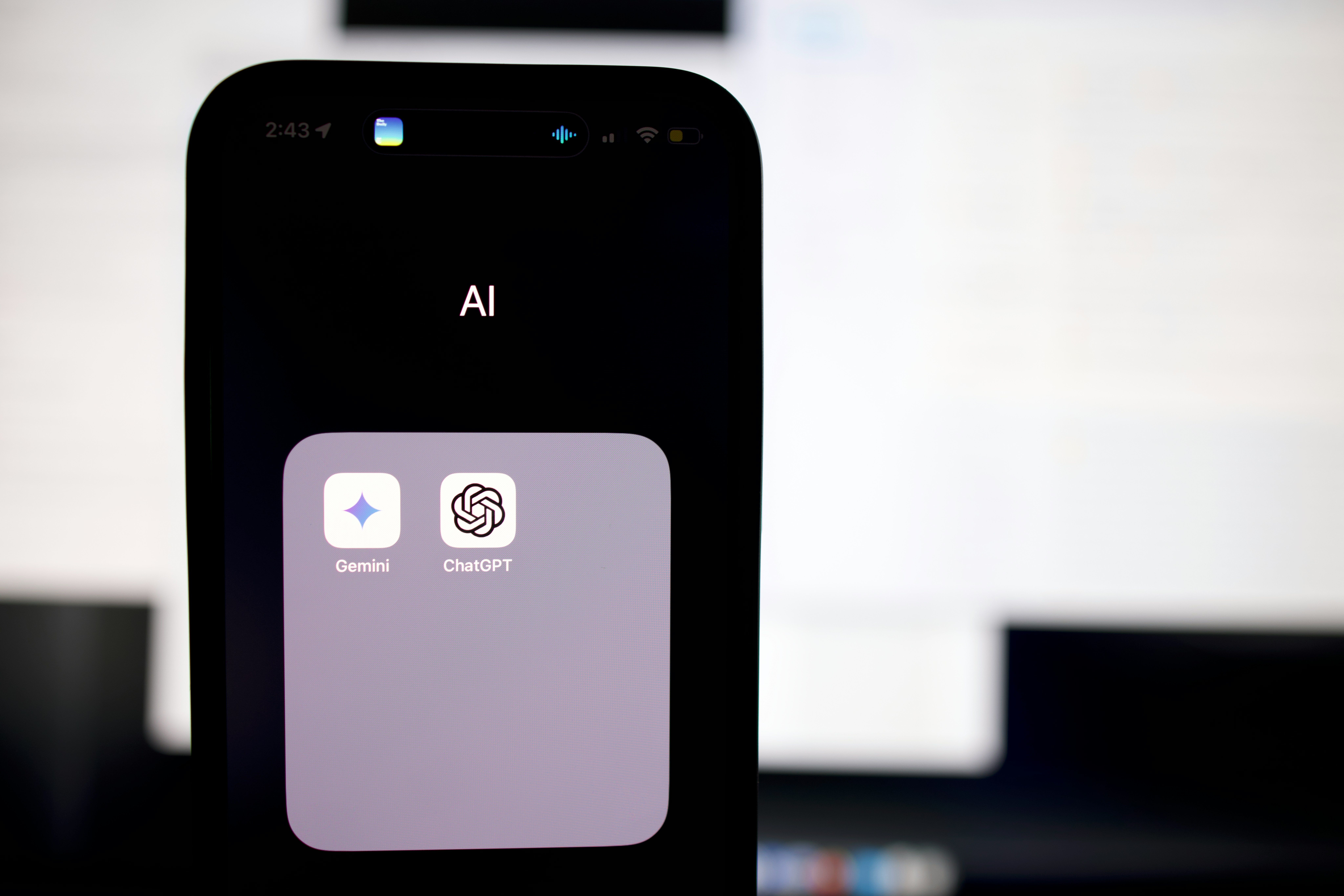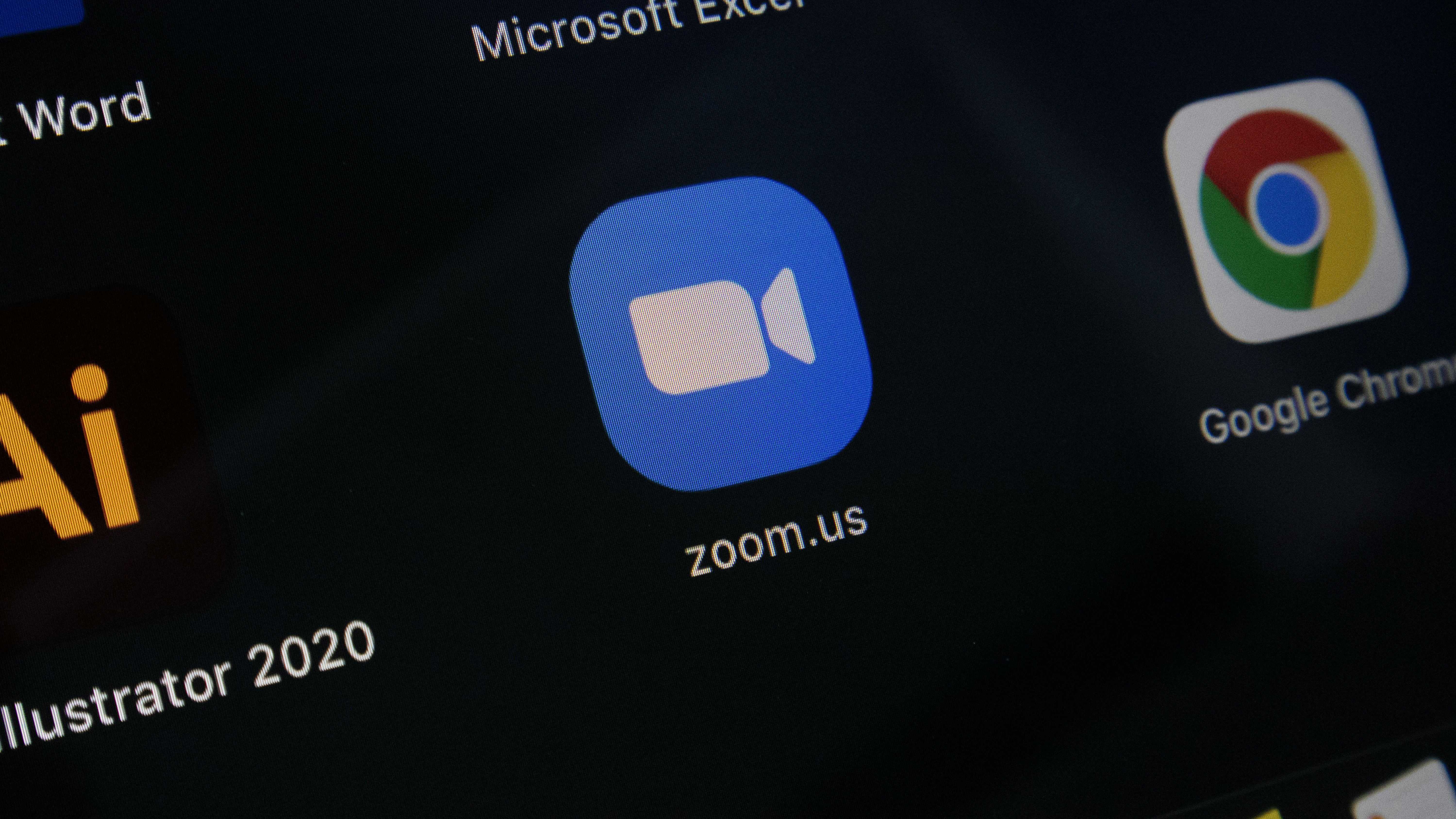The tech world buzzes with anticipation as whispers of the new iPhone Air stir among gadget enthusiasts and Apple aficionados alike. Slated for a potential 2025 release, the iPhone Air represents Apple's latest innovation in its illustrious lineup of smartphones. Rumors suggest a design rethink that aims to position this new model as a sleeker, more portable alternative to its predecessors. Despite the excitement, details remain speculative, with sources like Jon Prosser of Front Page Tech hinting at various features and pricing strategies that suggest a different approach compared to Apple's flagship models.
Unveiling the Design and Features of the iPhone Air
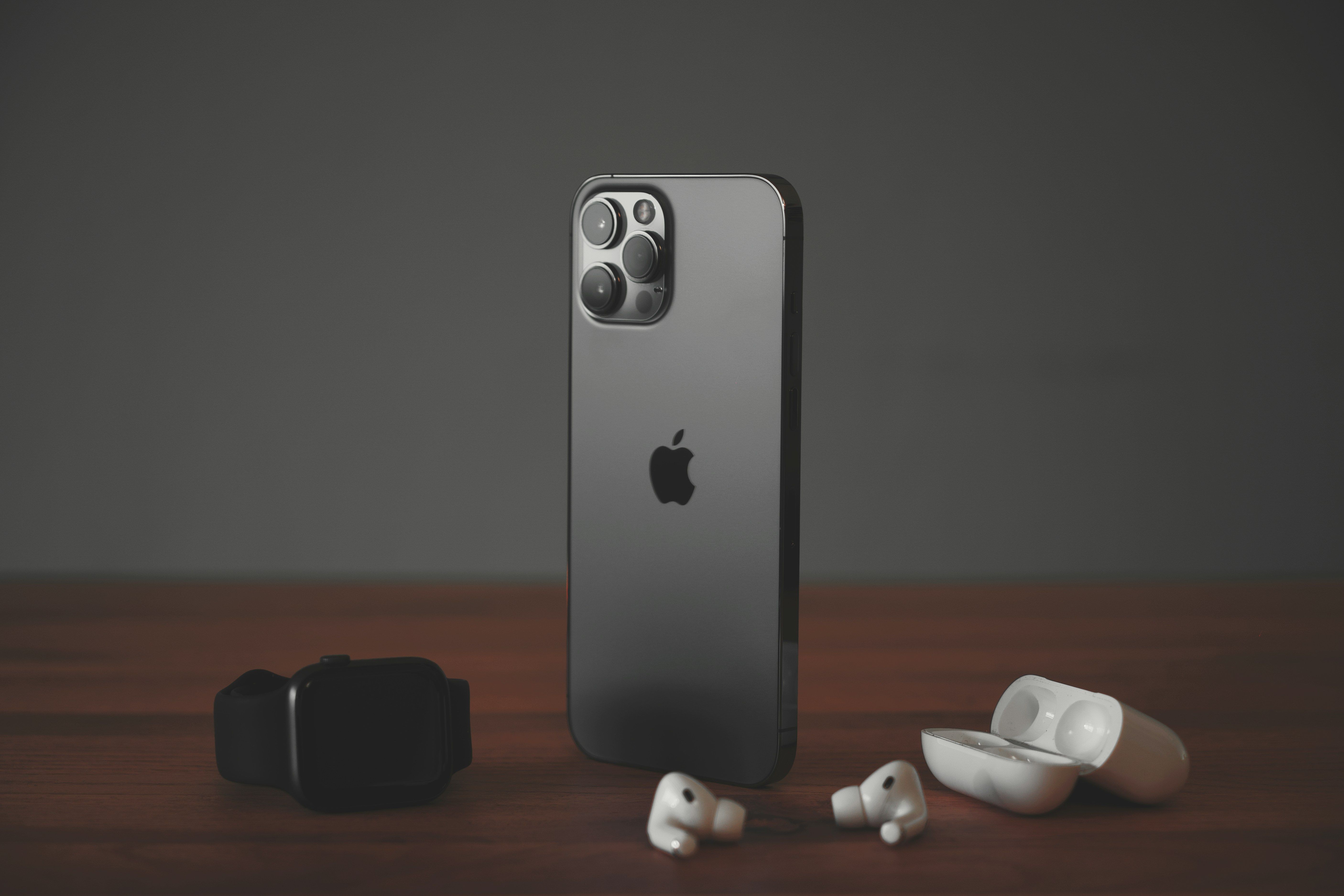
Photo by Dennis Brendel on Unsplash
Dimensions and Display Enhancements
The rumored iPhone Air is expected to bring noteworthy enhancements in its design and display features. Speculations suggest that the device will come with a diagonal measurement of around 6.6 to 6.65 inches, positioning it between the conventional iPhone and the larger Plus models in terms of size. The display resolution is anticipated to be 2740 x 1260, providing a crisp and vivid visual experience. Additionally, the device might include the inclusion of Apple's Dynamic Island, a feature that offers a new way to interact with the device seamlessly without intruding much into the content space. This slimmed-down model aims to maintain aesthetic appeal while enhancing portability and ease of use, borrowing the sleekness that is iconic to the Air branding.
Redesigned Camera and Hardware Specs
The iPhone Air is rumored to feature a complete redesign of its camera system, possibly catering to the ongoing demand for higher-quality photography without compromising the device's slim profile. While specifics on the camera configuration are not detailed, it is expected to sport a dual array rear camera. Hardware-wise, the iPhone Air might be powered by the Apple A19 chip, but not the A19 Pro, suggesting a balance between performance and energy efficiency. It is likely to be equipped with 8GB of RAM, allowing for multitasking and smooth operation across varied applications. The combination of these specs indicates a device that aims to offer high functionality and enhanced user experience.
Pricing and Market Positioning
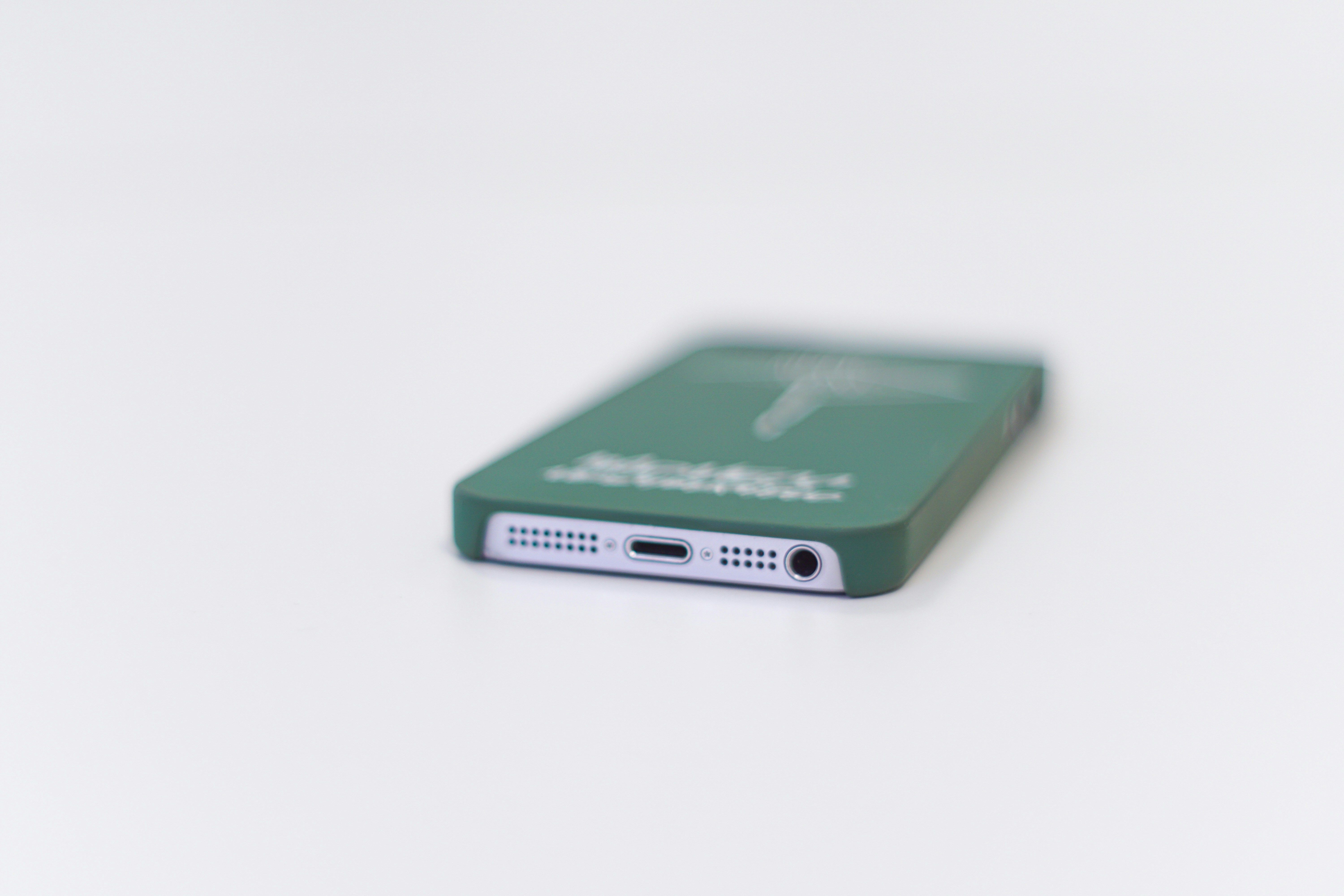
Photo by Yang Deng on Unsplash
Expected Cost Compared to Other Models
While there are conflicting reports regarding the pricing of the iPhone Air, it is expected that the price will be around the $899 mark, similar to the iPhone 15 Plus, making it a mid-range option in Apple's lineup. This pricing strategy likely places the iPhone Air as a more accessible but powerful device compared to the high-end Pro Max models, which typically start around $1,199. Price speculation aside, the goal seems to be to offer a device that balances cost with advanced features, potentially attracting a broader user base.
Target Consumer and Market Strategy
The strategic positioning of the iPhone Air seems to be geared towards consumers who desire a large-screen experience in a more compact and elegant form factor. This device could appeal particularly to those who find the Plus models too bulky but the regular models too small for their preferences. Apple's market strategy with the iPhone Air could be to capture the segment of users looking for a device that bridges the divide between functionality and portability. The introduction of the iPhone Air might also align with Apple's approach to phase out the Plus model, consolidating its product lineup while still catering to consumer needs for larger, yet manageable devices in a sleek package.
The Rumor Mill: How Reliable Are the Sources?

Photo by Ave Calvar on Unsplash
Analysis of Major Leak Sources
The sources spurring the buzz about the rumored iPhone Air predominantly stem from influential tech analysts and dedicated tech news channels like Front Page Tech's Jon Prosser. The consistency and detail in these leaks suggest some degree of insider information. However, as with all leaks, the potential for misinformation, whether intentional or accidental, remains. Analysts like Ming-Chi Kuo, known for his track record with Apple's developments, and others from digital platforms like Ice Universe, contribute to these layers of speculation, often providing conflicting details on features and pricing. With each contributing their insights, the rumor landscape around the iPhone Air is fertile yet uncertain.
Credibility of Pricing and Feature Speculations
Assessing the credibility of speculations around the iPhone Air's pricing and features is complex. Jon Prosser suggests a price point around $899, akin to the iPhone 15 Plus, which could make sense if Apple aims for a mid-range market segment. Contradictory statements, however, come from Ice Universe, placing the device at a higher $1,299. This disparity casts doubt on specific details but also illustrates a common scenario in the pre-launch phase where speculation is rife. Thus, while these sources contribute valuable insights, their conflicting nature means that any concrete assertions should be approached with caution.
Impact on the Plus Models and Future Lineups
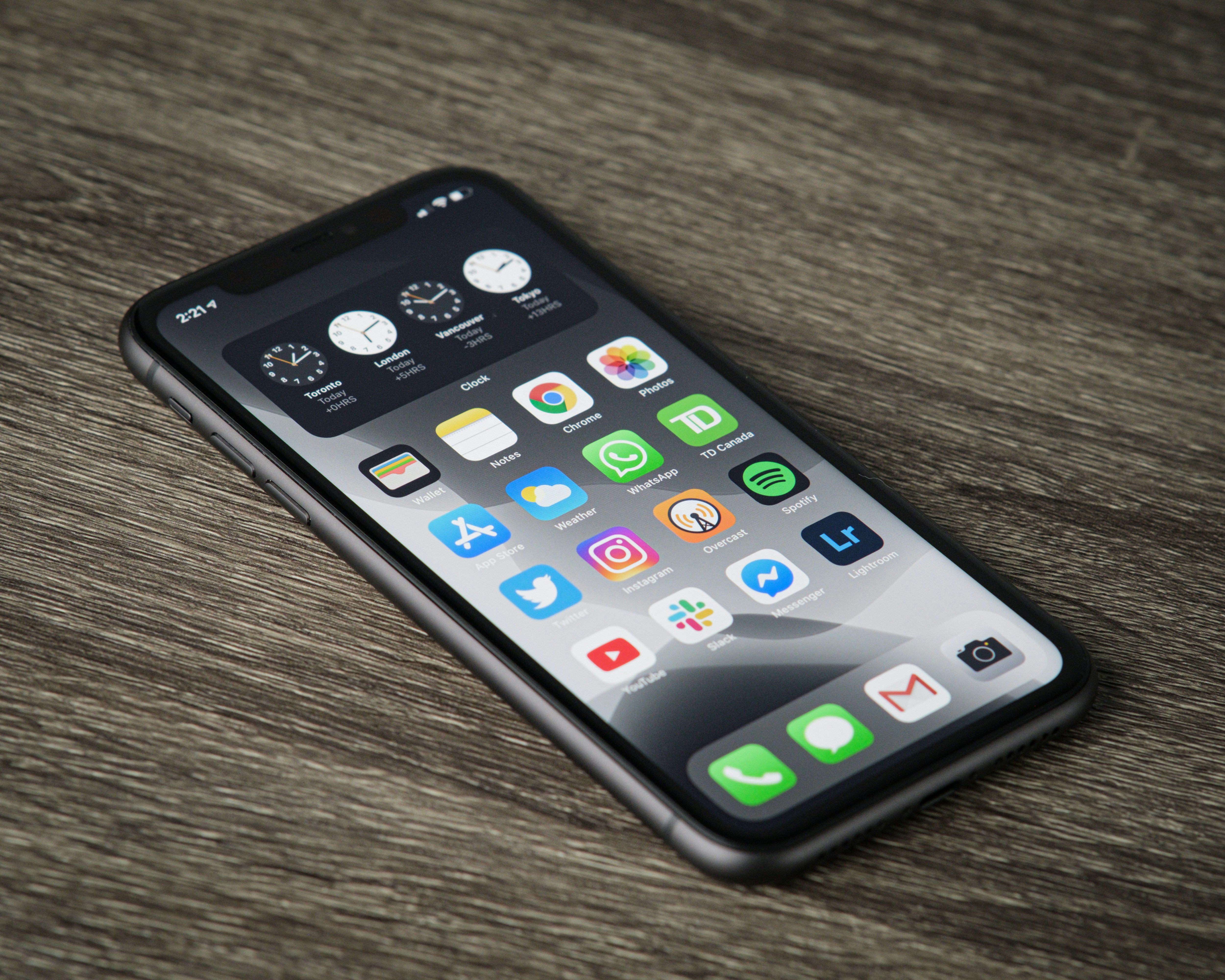
Photo by Thom Bradley on Unsplash
The Phase-Out of the iPhone Plus
With the introduction of the iPhone Air, Apple appears to be reshaping its approach to the larger iPhone models. Historically, the Plus models offered a larger screen size at a more affordable price than the 'Pro' variants, yet they've struggled in terms of sales compared to other models. Market analysts and rumors point to the iPhone Air possibly replacing the Plus models. By reinventing the Plus line into something sleeker and more modern, Apple may be seeking to capture consumers who desire larger screens without the higher Premium or Pro Max pricing.
Future Predictions for iPhone Models and Lineups
Looking forward, the speculated changes in Apple's lineup with the introduction of the iPhone Air indicate a strategic shift. Apple might reduce the number of models in congested markets or redefine them to better capture diverse consumer segments. The phasing out of older Plus models and potentially other underperforming models could be part of a broader strategy to streamline Apple's offerings. If the iPhone Air succeeds, it may set a precedent for how Apple positions new entries in its product lines, potentially introducing more specialized devices under familiar branding like 'Air.' Moreover, it suggests an approach focused on refining design and functionality to align more closely with market demand and consumer preferences, guiding the evolution of future iPhone lineups.





